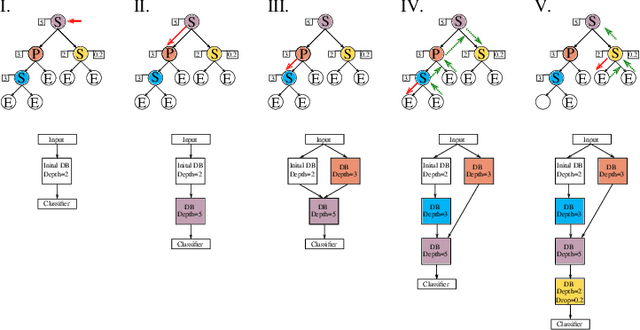Evolving Character-Level DenseNet Architectures using Genetic Programming
Paper and Code
Dec 03, 2020



DenseNet architectures have demonstrated impressive performance in image classification tasks, but limited research has been conducted on using character-level DenseNet (char-DenseNet) architectures for text classification tasks. It is not clear what DenseNet architectures are optimal for text classification tasks. The iterative task of designing, training and testing of char-DenseNets is an NP-Hard problem that requires expert domain knowledge. Evolutionary deep learning (EDL) has been used to automatically design CNN architectures for the image classification domain, thereby mitigating the need for expert domain knowledge. This study demonstrates the first work on using EDL to evolve char-DenseNet architectures for text classification tasks. A novel genetic programming-based algorithm (GP-Dense) coupled with an indirect-encoding scheme, facilitates the evolution of performant char DenseNet architectures. The algorithm is evaluated on two popular text datasets, and the best-evolved models are benchmarked against four current state-of-the-art character-level CNN and DenseNet models. Results indicate that the algorithm evolves performant models for both datasets that outperform two of the state-of-the-art models in terms of model accuracy and three of the state-of-the-art models in terms of parameter size.
 Add to Chrome
Add to Chrome Add to Firefox
Add to Firefox Add to Edge
Add to Edge